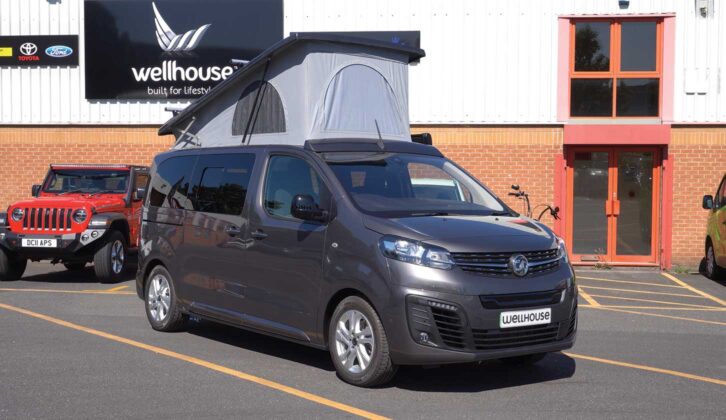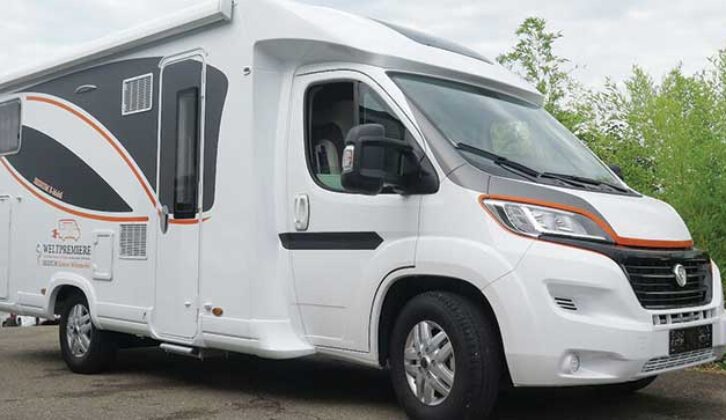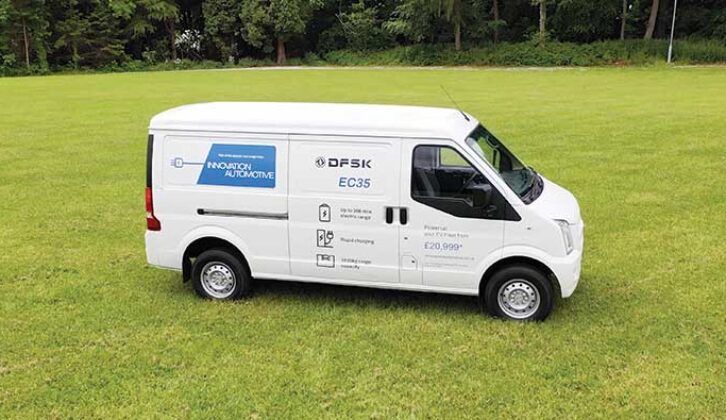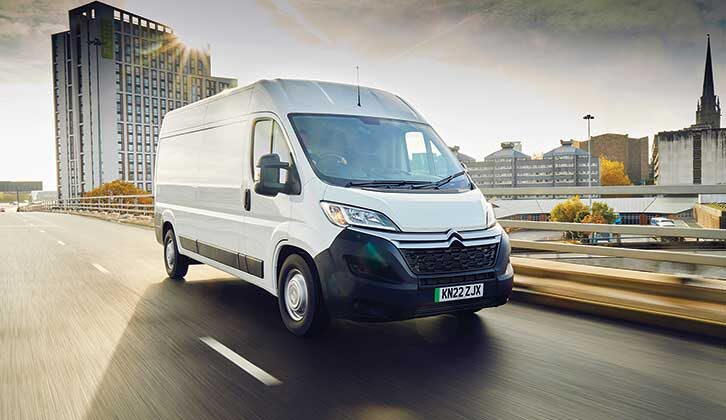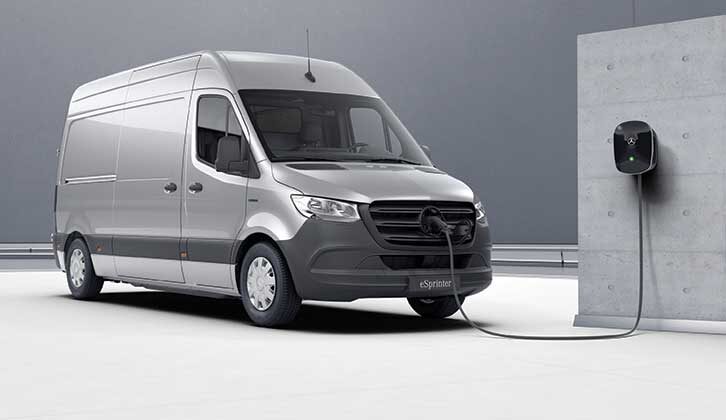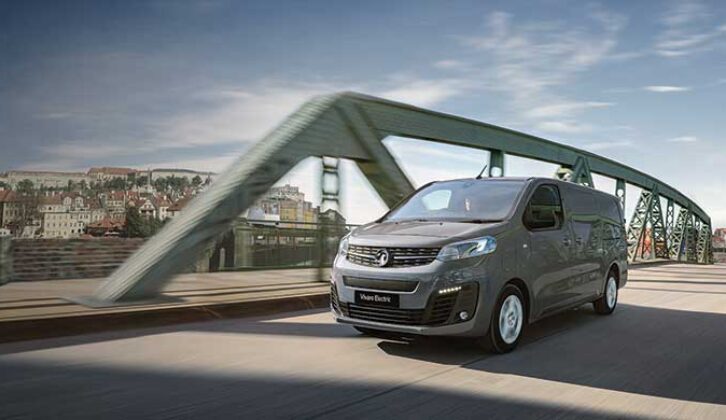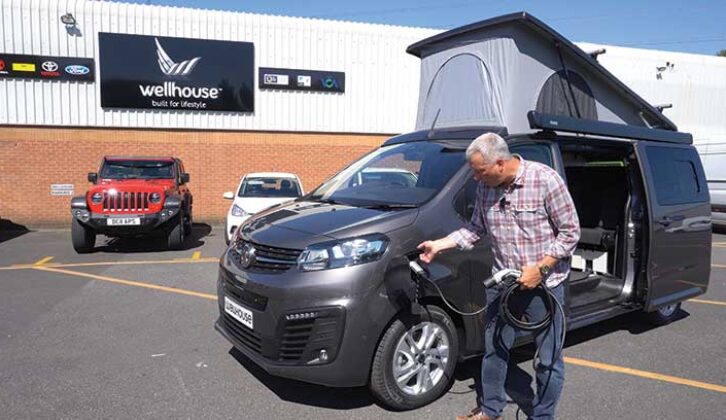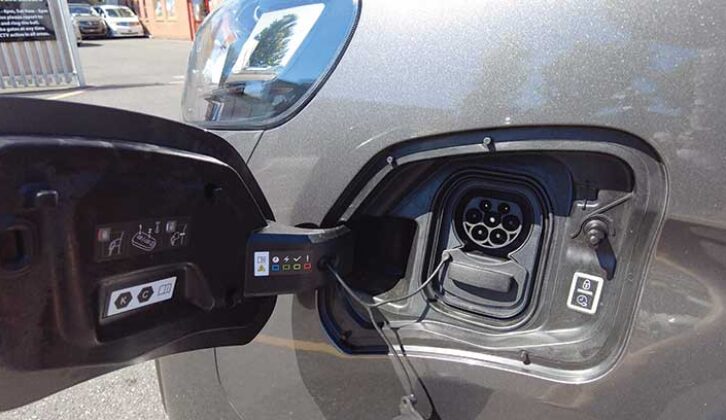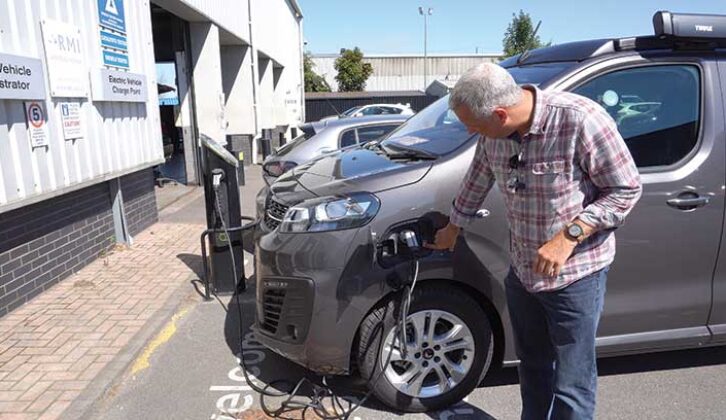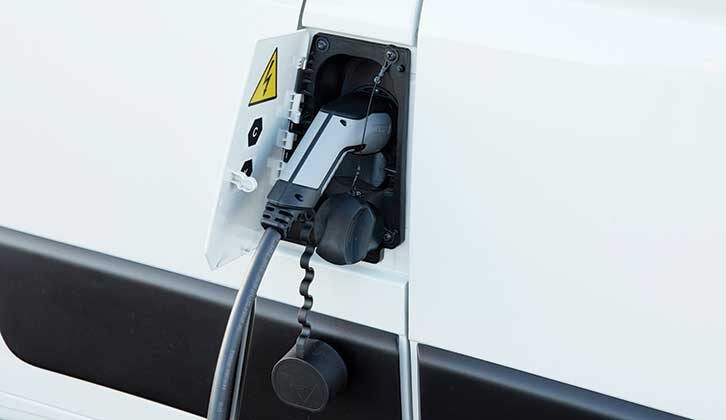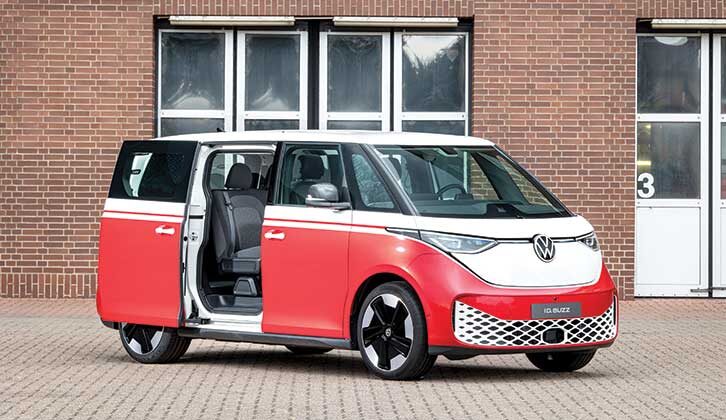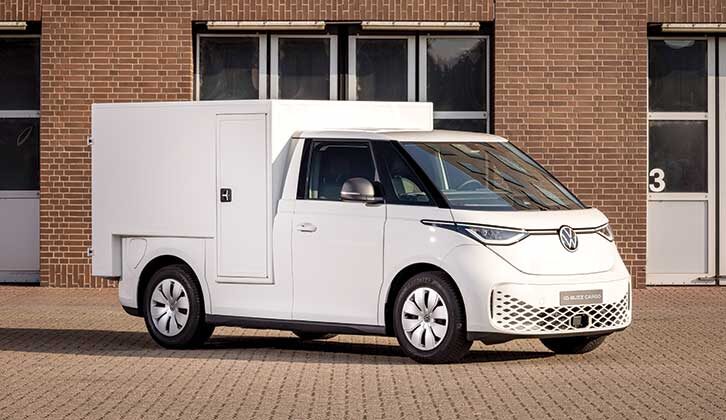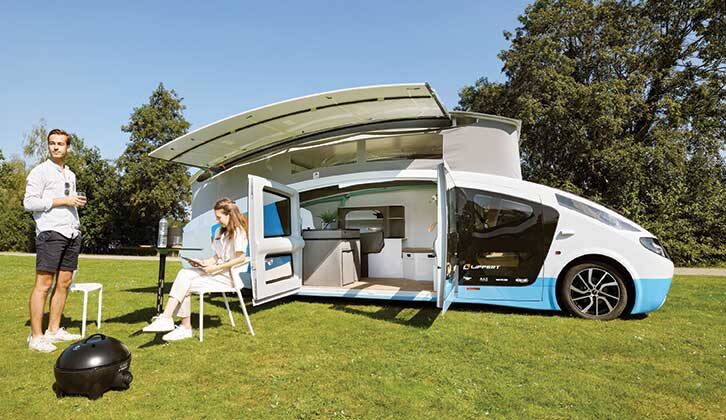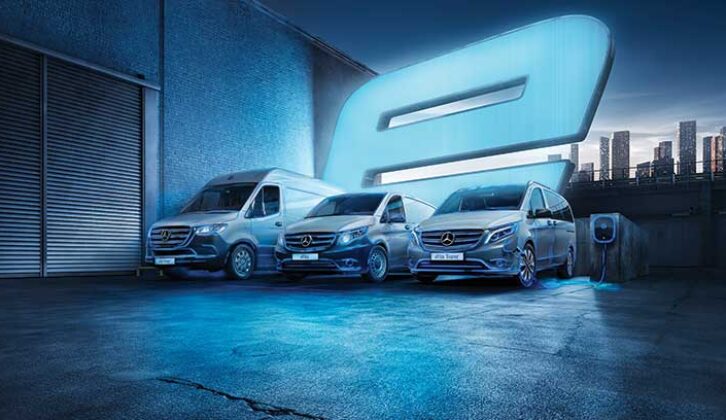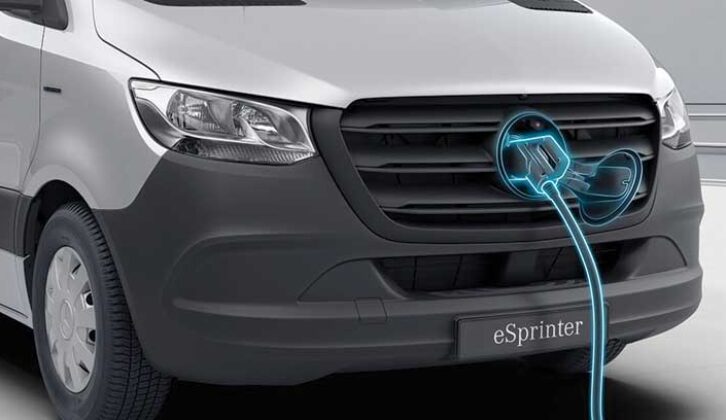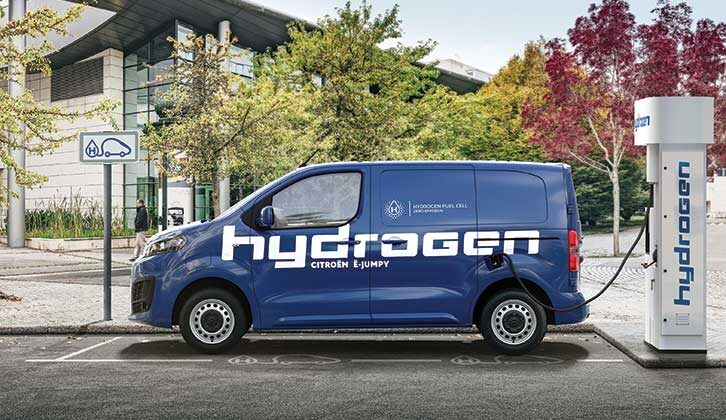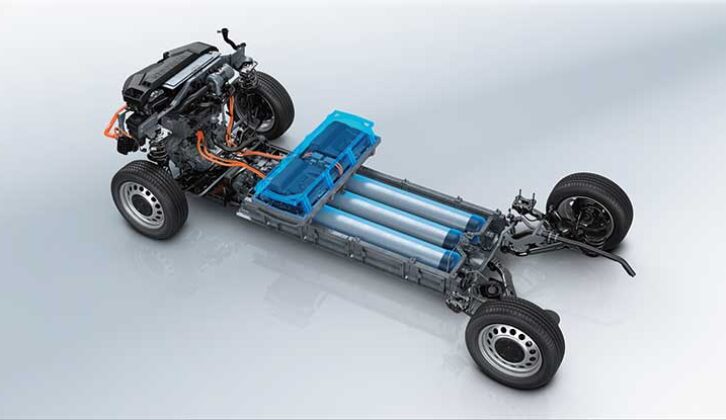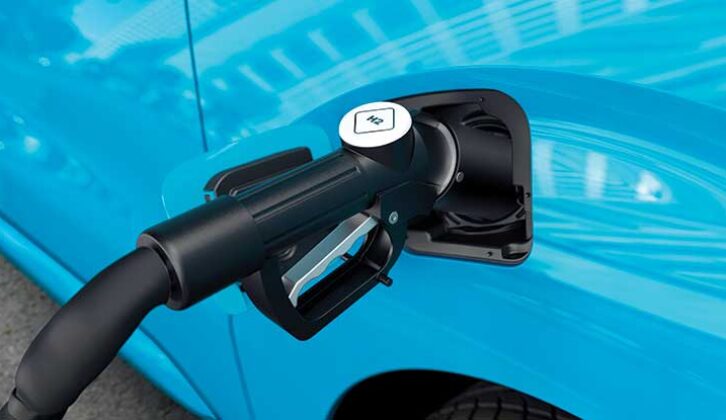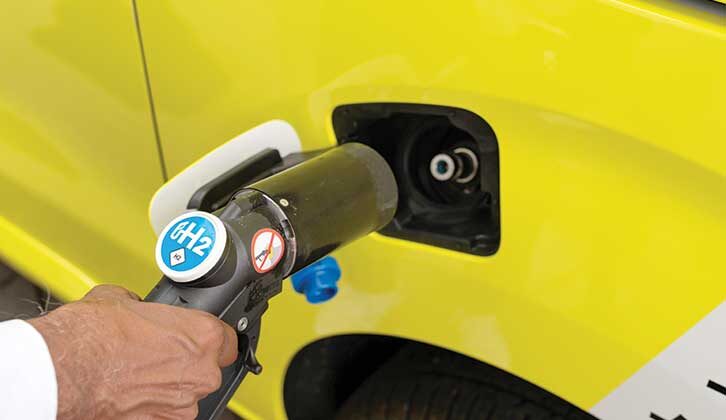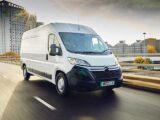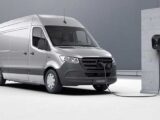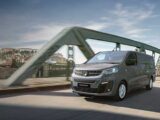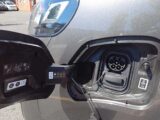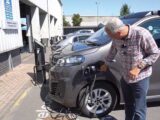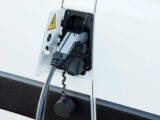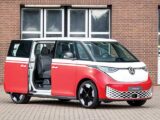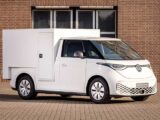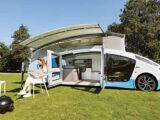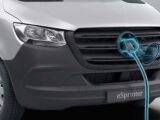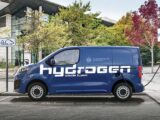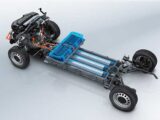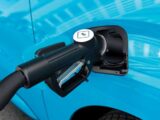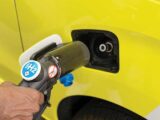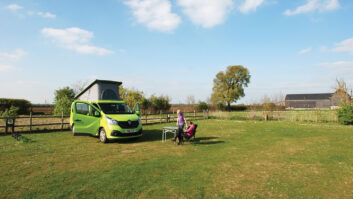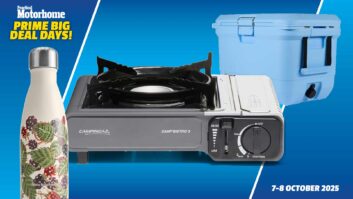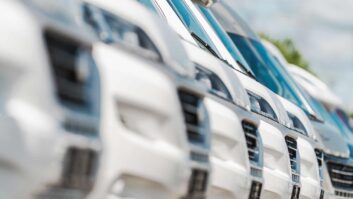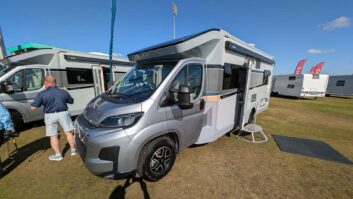There is a growing awareness of the impact of burning fossil fuel – so what does this mean for motorhomes and touring?
Our planet is heating up and the climate is changing. The ice record is the most damning evidence. CO2 measurements only date back to the 1980s, but due to bubbles trapped in the Antarctic ice, we can look back more than 800,000 years. From this, it’s crystal clear that CO2 and methane levels started to rise very steeply from 1900. By 2000, the levels had more than doubled, compared to the previous 798,000 years.
This isn’t a blip, or some random climate anomaly: it’s a byproduct of human activity. The evidence is irrefutable. The only question is how to tackle the defining challenge of our times.
Although vehicles are often the main scapegoat, they’re only one element of a much broader issue. Cars were not around in significant numbers to have an effect in 1900, yet CO2 and methane levels began to rise then, so it was the wider development of industry and intensive farming as a whole that first started to affect the environment.
Any product that you buy will have an environmental impact, in terms of its production, transportation and eventual disposal. So buying no more products might be the best way to save the planet – but because we humans rely on trading goods to survive, that’s never going to be a viable solution.
For motorcaravanners, the question is how to enjoy a great pastime while minimising its impact on the climate. Although it’s early days, attention is now focusing on alternatives to fossil fuels – and the choice will no doubt grow.
How much do you use your motorhome?
Compared to air travel, which chucks out gallons of partially burnt, unfiltered, kerosene-based fuel, modern diesel motorhomes are not big polluters, and if you only do a low annual mileage (under 5000 miles is typical for many motorhomes), swapping to an electric vehicle (EV) won’t make much of a difference over the short term. If you buy a motorhome every three years, you are unlikely to offset the initial energy involved in building the new model.
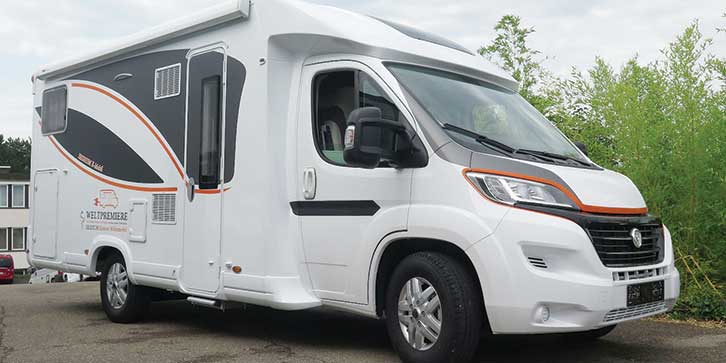
Keep it longer, say for 10 years, and the energy involved in making a new EV will be offset by the reduction in emissions. If you do a higher annual mileage or use a campervan as a daily driver, the energy is offset more rapidly.
However, most of us use our camper or motorhome as a second vehicle and don’t do a lot of mileage in it. In this case, it’s better to focus on your daily driver. If you do more than 15,000 miles a year in a diesel or petrol car, then an EV – or a hybrid with a proven greater range – could be far more beneficial.
The pros of an EV
The main upside of driving an EV is the lack of emissions, and in city centres, this clearly has benefits for everyone. Reduced engine noise is another plus.
Critics of EVs, however, focus on the battery lifespan and the labour practices of lithium mining.
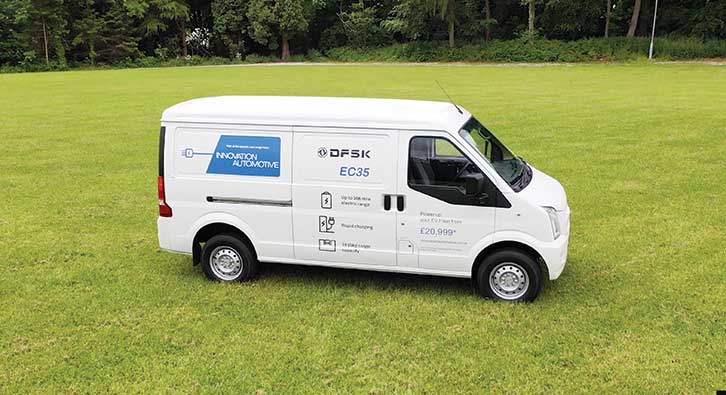
Although workforce safety in the sector varies wildly, the lithium itself can be recycled many times once it has been dug up. Batteries also seem to be lasting longer than initial predictions.
Driving an EV is something of a revelation, with all models offering a winning combination of silky-smooth power and linear acceleration. The lack of any engine and gearbox noise and vibrations also make them far quieter and more civilised. The models we’ve tested have all felt far more premium than their fossil fuel rivals.
The cons of an EV
Range will always be a key concern with a 3500kg motorhome, and few models currently on sale can manage more than 200 miles, but for campers weighing in at less than 3000kg, there are already quite a few convincing EV options. The brilliant-to-drive Vivaro Electric offers a 205-mile range (which drops to around 150 when the weight of a conversion is added) and was the best-selling small electric van of 2022 (3254 sold). It’s worth noting, though, that low temperatures reduce range.
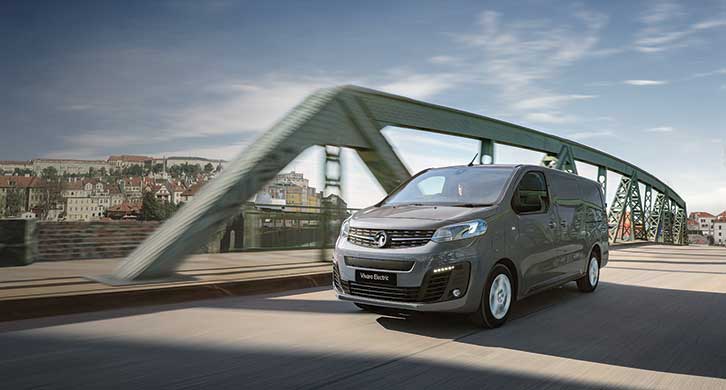
But with new battery technologies, range is likely to become a secondary question – the charging network is still the weakest link. Reports of broken and missing chargers, and a general lack of them, abound, which really does make having a home charger a must. If you have to street-park your motorhome, or store it away from home, this can be a deal-breaker.
Which brings us to the elephant in the room – cost. EVs are significantly more expensive than petrol or diesel rivals. A Vivaro Electric costs £43,000 (including a £5000 government plug-in van grant), while the diesel equivalent is around £27,000.
With the current limited stock of all vehicle types at dealers, discounts are few and far between.
When converted to a camper, expect to pay £70,000 to £100,000 for the Vivaro, and far more for a larger ’van. Prices will fall as uptake increases, but that hasn’t happened yet.
Then there’s the energy crisis, which has seen prices rise from £50 per MWh in 2015 to over £250 per MWh today. This has all but wiped out the price advantage of refuelling an EV.
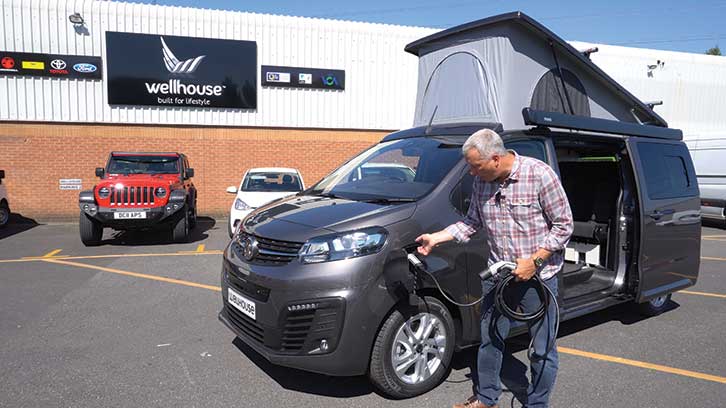
So the only reason to buy an EV (or fuel cell vehicle) now is to do your bit for the environment while enjoying the driving experience. And if you do low mileage, even that benefit is debatable – although the lack of emissions is a plus.
Euro emissions
If you own a pre-1994 ’van, it’s worth noting that the CO2 emissions of even a Euro 3 (2001 onwards) diesel engine will be at least seven times lower.
A Euro 4-onwards vehicle produces almost 10 times lower emissions and an astonishing 50 times less particulate matter. If your ’van produces visible soot from its exhaust, it’s a heavy polluter and worth changing.
Realistically, Euro 4 onwards diesel vehicles with catalysts and particulate filters are pretty efficient and clean, so if you do low annual mileage in one, you shouldn’t have to feel bad about it.
There is much anti-diesel propaganda about, but petrol motorhomes don’t really solve the problem. A Euro 6 petrol produces about the same particulates as diesel, and 30% less nitric oxide (linked to respiratory difficulties). But it also produces three times the CO2.
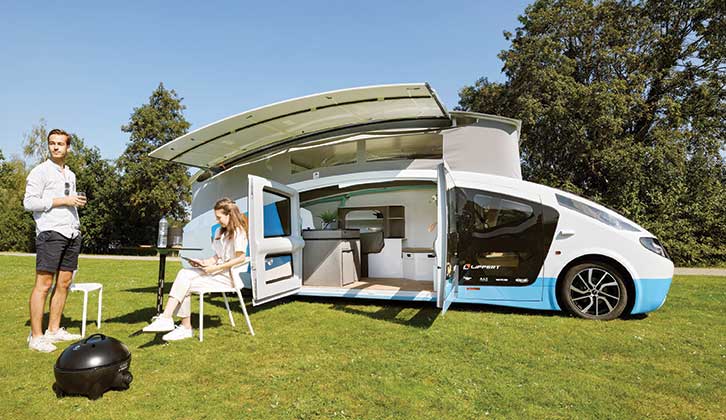
A petrol motorhome will invariably do fewer miles per gallon than a diesel, so mile-for-mile, it will produce much more CO2. Petrol is marginally better for human health in cities, but worse for the environment.
Hybrid vehicles, which use a petrol engine combined with a motor and battery bank, do use less fuel than regular fossil fuel engines, so can be better for the environment and health, depending on their emissions and how they’re used. Driven everywhere with your foot to the floor, a hybrid won’t offer much real benefit when compared to a regular petrol engine.
The UK Government has proposed a ban on the sale of new petrol or diesel vehicles from 2030, with hybrids able to be sold new until 2035. This won’t apply to the sale of used vehicles. From 2035, only EVs and hydrogen fuel cell vehicles will be allowed to be sold new.
More of an immediate concern are the EU’s Euro 7 emissions proposals, which come into force on 1 July 2025 for cars and vans and 1 July 2027 for lorries and buses. These far-reaching proposals affect all vehicles (even electric) because they are aimed not only at lowering nitric oxide emissions, but also those from brakes and tyres.
Vehicles will also have to be more durable – they have to be capable of complying with these emissions for 10 years or 200,000km (124,000 miles) and battery durability is included in this proposal. Other emissions are included, such as ammonia (which forms smog) and formaldehyde (which is a well-known greenhouse gas).
It will be tough, and expensive, for manufacturers to meet these targets, which is why some have decided to focus solely on EVs (for example, GM by 2035 and Volvo by 2030).
There is plenty of resistance to Euro 7 from carmakers, many of whom view it as diverting resources away from EV development. Stellantis (formerly Fiat Chrysler) reckons 70% of its European sales will be electric, and is spending $35 billion to develop 15 all-electric cars and vans for Europe and the US (and 55 hybrids in the meantime).
The key point here is that, given the investment in EVs, prices will have to fall if carmakers are to survive. So the prices of base vehicles should come down with greater take-up of EVs.
Fuel cells
While fuel cell powered vans have been available in Europe since 2021, with the Vivaro-e Hydrogen going on sale in early 2023, the issue is refuelling them.
Currently, there are just 14 hydrogen refuelling stations in the UK – mostly grouped around London and Swindon, with Sheffield, Teesside and Edinburgh the only options in the north.
In Northern Ireland, you only have a single station in Belfast – and there’s nothing in the rest of Ireland.
Developing this network will be the biggest battle for the hydrogen fuel cell market. For EVs, the network is already in place and just needs upgrading. There are more than 36,700 charging stations in the UK (and far more if you can charge your vehicle at home).
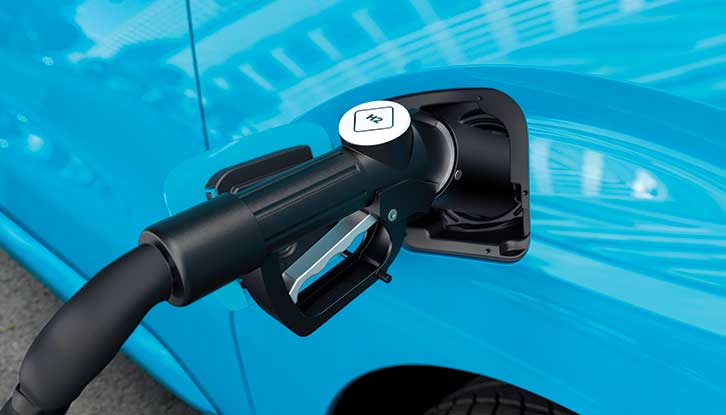
But it’s worth noting here that this is still some way short of the 65,000 the Government aimed to install by 2020.
A hydrogen fuel cell vehicle is an EV that uses hydrogen instead of a battery. Water and warm air are the only tailpipe emissions, so these are very green.
However, the way in which hydrogen is extracted isn’t always as green as you might think. It can be separated using electricity, but the plants are expensive and energy-intensive, so most of the UK’s hydrogen refilling stations are actually powered by natural gas.
Yes, you read that correctly: fossil fuel is used to power your green vehicle.
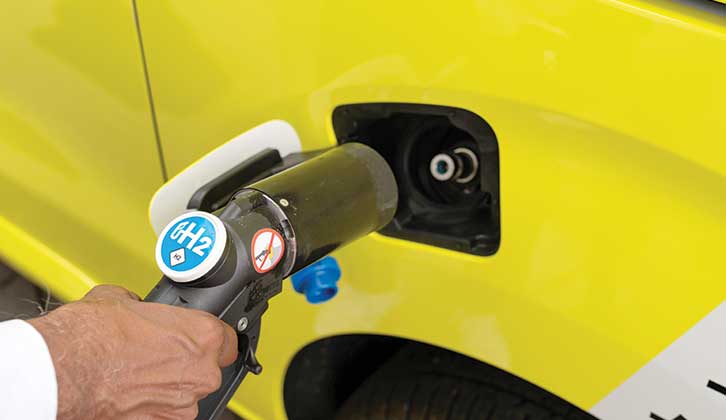
For smaller vehicles, such as cars, the increasing EV battery range and larger refuelling network make hydrogen fuel cell vehicles a bit pointless in the short term, but for lorries, buses and even aircraft, they make far more sense.
Motorhomes fall in the tricky middle ground, where the benefits between EV and fuel cell aren’t so clear-cut. For smaller vehicles such as campervans, an EV can work quite well, so long as you plan your route and don’t want to travel for extended periods.
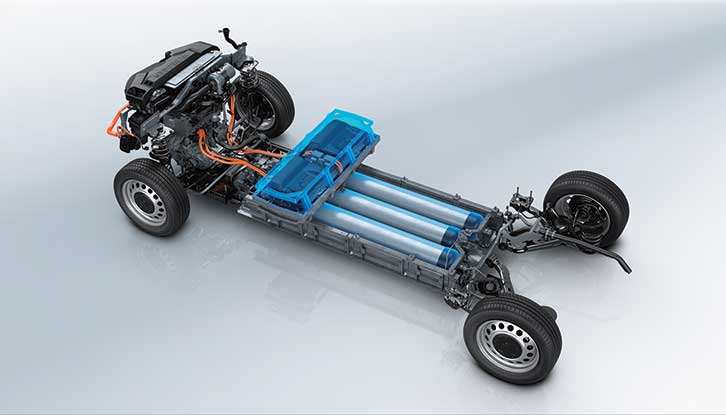
Although fuel cell vehicles have the advantage of faster refuelling, the range may be nothing to shout about: the Vivaro Electric has a 205-mile range, while the Vivaro-e Hydrogen offers 250 (31 of which is supplied by a battery). A diesel Vivaro will do 570 miles.
For coachbuilts, large A-classes (see our best A-class motorhome guide if you’re looking for one) and RVs, current battery technology bulk makes it difficult to balance range and payload, so it may be that hydrogen fuel cells will win out in the long term. New, lighter and more energy-dense battery technologies of the future could beat them, though. For example, the original Mercedes eSprinter offered just 100 miles of range, while the new eSprinter – launched in early 2023 – achieved 295 miles in testing. That could be a bit of a game-changer.
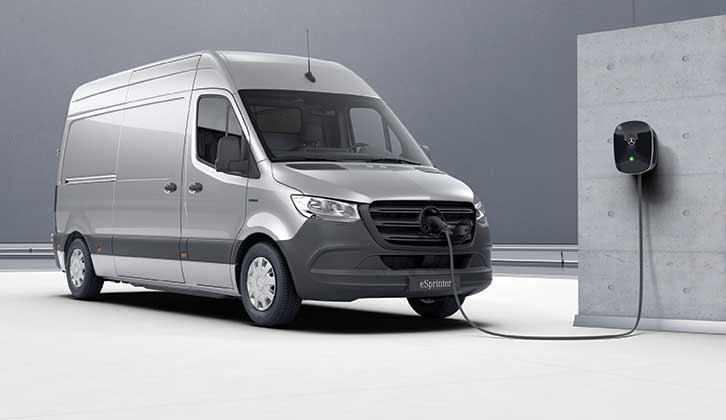
Synthetic fuels
Many carmakers – Porsche being the most prominent – are investing heavily in the development of synthetic fuels (or synfuel), derived from coal, natural gas and biomass feedstocks.
These are cleaner than conventional fossil fuels and reduce emissions, but they do still emit. However, they’re a great way to target secondhand vehicles in Europe that are unaffected by the latest emissions standards.
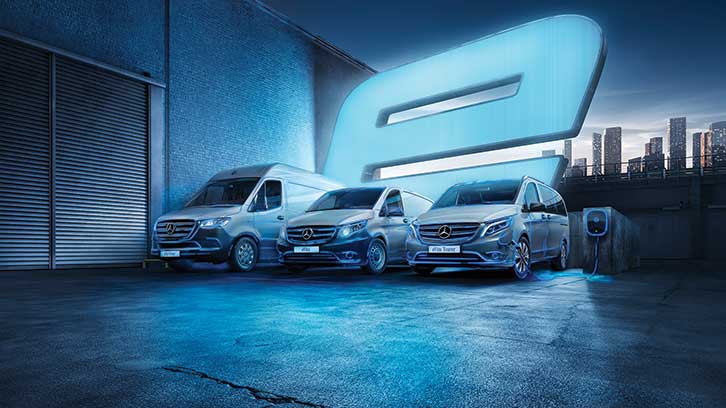
One branch of synfuel is electrofuel, manufactured by capturing carbon from the air and combining it with sustainably produced hydrogen from renewable sources, such as wind turbines or nuclear power.
If makers can find a way to produce this sustainably and economically, it could be an easy way of reducing emissions without people having to make major lifestyle changes.
Low emission zones
In rural areas, there is a lower density of fumes and emissions, so there is less of a problem with fossil fuel and human health. The greater population density of cities, and the way tall buildings trap fumes in urban environments, creates much more of an issue, which is why many local authorities have chosen to tackle the problem by introducing a low emission zone (LEZ).
These target older, heavily polluting vehicles by a daily charge if you enter certain zones. The dirtier your vehicle, the more you pay. Ultimately, only EVs will be able to enter city centres in these designated areas.
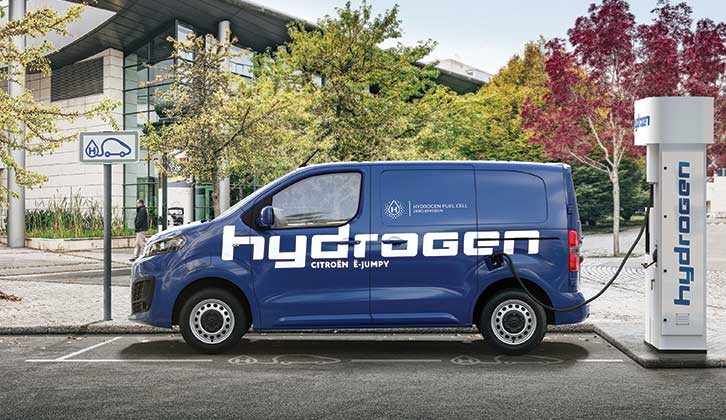
This is undoubtedly a good thing for residents in the long term, but it is bad news if you live inside an LEZ.
If you’re a Londoner, expect to have to store any fossil fuel motorhomes outside the M25 or buy an EV at some point. It will be painful and expensive, but the goal of emission-free cities without the roar and fumes of engines is still quite an appealing one.
Verdict
The proposed 2035 sales ban for new fossil fuel-powered vehicles won’t spell the end of diesel and petrol motorhomes, because pre-owned models can still be bought and sold, but if you want a new ’van after that date, it will have to be an EV (powered by batteries or a fuel cell).
The key point is to avoid falling into the trap of thinking one technology is greener than another: this depends entirely on your usage. No one solution is right for every driver and we’ll need a mix of technologies to suit differing needs.
One thing is clear – with so many options for powertrains, drivers have never had more choice. It’s going to be a very interesting time.
- Take a look at our tips on motorhome fuel consumption, where we share our top tips to help you get the most from your ‘van.
If you’ve enjoyed reading this article, why not get the latest news, reviews and features delivered direct to your door or inbox every month. Take advantage of our brilliant Practical Motorhome magazine SUBSCRIBERS’ OFFER and SIGN UP TO OUR NEWSLETTER for regular weekly updates on all things motorhome related.
